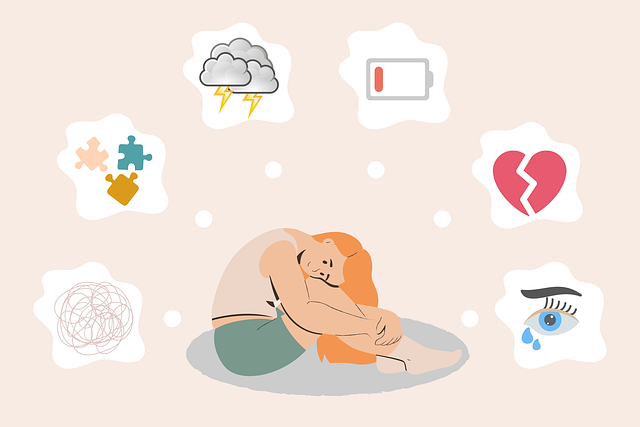Pain is your body’s natural response to a disease or injury and is a sign that something is off. You normally stop hurting when your body heals.
However, pain often lasts long after the underlying reason is gone. Pain that lasts for three to six months or longer is referred to as chronic pain. It can be detrimental to your physical and mental well-being to experience pain on a daily basis.
A disorder known as chronic pain syndrome (CPS) will eventually affect about 25% of persons who experience chronic pain. At that point, individuals experience symptoms like despair and worry that interfere with their day-to-day activities and go beyond simple pain.
Although treating CPS can be challenging, it’s not impossible. A combination of therapies, including physical therapy, psychotherapy, and relaxation
What is Pain?
Pain is a complicated feeling that results from the body’s and mind’s reaction to an unpleasant stimuli. Pain is an alert system that keeps an organism safe by making it retreat from dangerous stimuli; it is usually connected to damage or the possibility of injury.
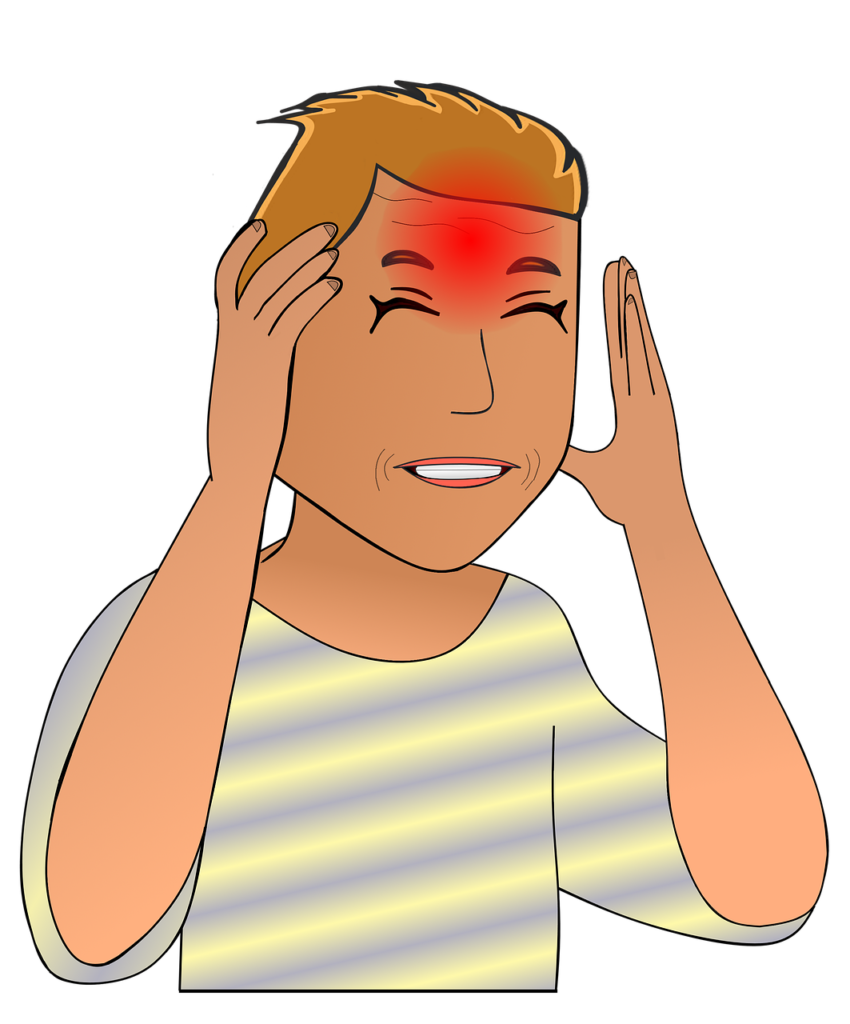
Since pain includes both a sensory and an affective component, it is a subjective experience that is challenging to measure. While the neuroanatomical base of pain perception develops before to birth, an individual’s response to pain is acquired during early infancy and influenced by various factors such as social, cultural, psychological, cognitive, and genetic. The variations in pain threshold among people can be explained by those factors. When participating in sports, athletes, for instance, may be able to tolerate or even ignore discomfort, and some religious rituals may compel participants to put up with suffering that most others would find intolerable.
What is chronic pain illness?
Any discomfort that lasts longer than three months is considered chronic. The pain may never go away or it may just occasionally occur. It could occur somewhere in your body.
Your everyday activities, including working, socializing, and taking care of others or yourself, may be hampered by chronic pain. It can worsen your discomfort by causing anxiety, despair, and difficulty sleeping. This reaction starts a vicious loop that is hard to escape.
After an injury heals or a disease has run its course, most pain goes away. However, after the body heals, discomfort from chronic pain syndrome may linger for months or even years. It can even happen in situations where the cause of the discomfort is unknown. An estimated 25 million Americans suffer from chronic pain, which is defined as suffering that lasts three to six months, according to the National Center for Complementary and Integrative Health Trusted Source.
Signs and symptoms
The condition known as chronic pain syndrome is physically and emotionally taxing. Some people might be in pain all the time, while others might only get acute pain bursts that pass and leave them with less agony.
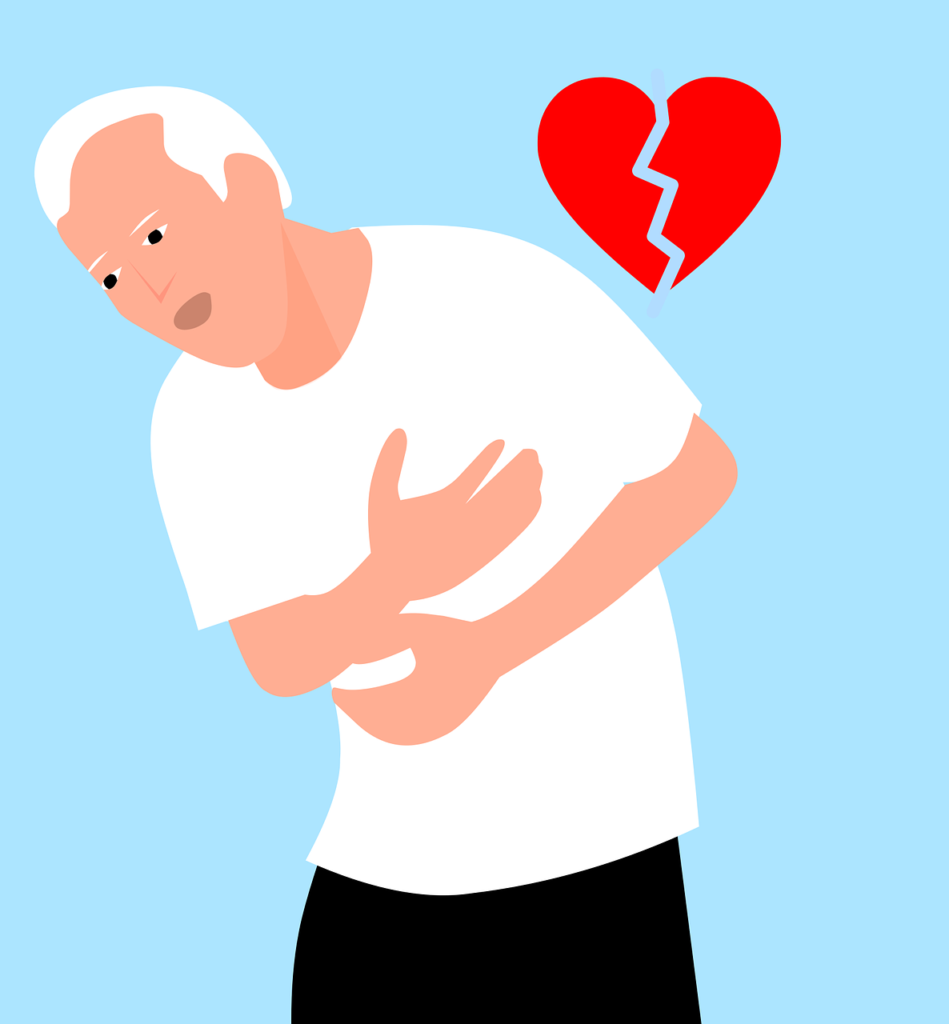
- Uncertainty and Depression
- Insufficient sleep
- Feeling really exhausted
- Intolerance
- Shame Loss of sex-related interest
- Abuse of drugs or alcohol
- Problems with marriage or families
- Job loss
- thoughts of suicide
- joint discomfort,
- aches in the muscles,
- scorching agony,
- exhaustion, and
- trouble sleeping
- reduced activity-related
- loss of strength and flexibility
- mood issues, such as worry, melancholy, and irritability
Causes
There is often a clear reason for persistent pain. You can be experiencing chronic pain from a chronic illness like cancer or arthritis.
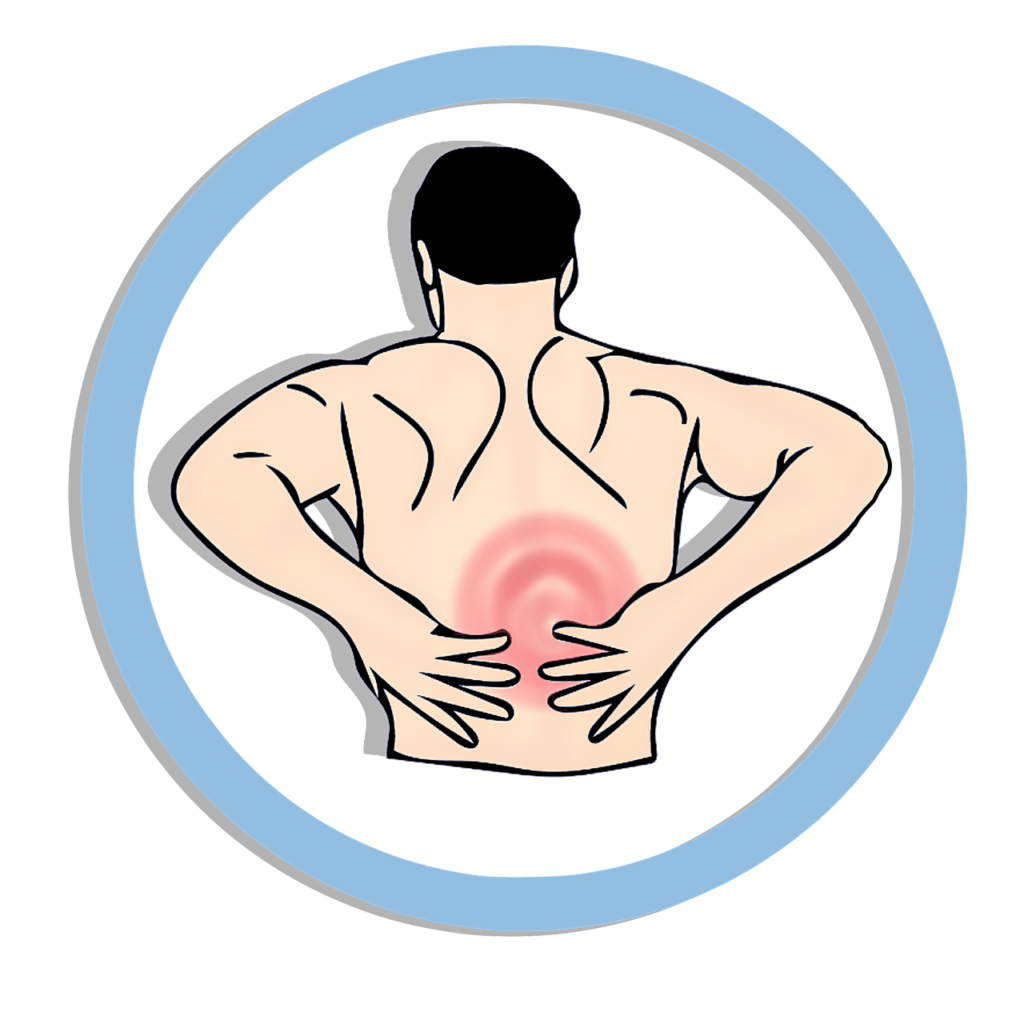
Your body may alter as a result of illnesses or injuries, making you more sensitive to pain. Even after the initial illness or injury has healed, these alterations may persist. You could have chronic pain from a sprain, broken bone, or transient infection.
Additionally, some persons experience persistent pain that is unrelated to a medical condition or injury. Physicians refer to this reaction as psychogenic or psychosomatic pain. Psychological elements including stress, worry, and depression are the root cause of it. Many scientists think that reduced blood levels of endorphins are the cause of this link. Natural molecules called endorphins are known to elicit happy emotions.
It is feasible for many pain causes to coexist. For instance, you can be suffering from two distinct illnesses. Alternatively, you might experience both psychogenic pain and migraines.
Physicians are unsure of the precise cause of CPS. Usually, it begins with an injury or uncomfortable condition like:
- Various joint issues, including arthritis
- back discomfort
- Headaches
- sprains and strains of muscles
- Repetitive stress injuries occur when a bodily part is repeatedly strained by the same movement.
- Fibromyalgia is a disorder that causes discomfort in the muscles all over the body.
- injury to the nerves
- Lyme illness
- shattered bones
- Cancer
- ulcers or acid reflux
- IBD, or inflammatory bowel disease
- Syndrome of the irritable colon (IBS)
- Endometriosis is a condition in which tissue grows outside of the uterus.
- Operation
Diagnosis and tests
How chronic pain is diagnosed
If pain persists or fluctuates (recurs) for longer than three months, it is deemed chronic. Since pain is typically a symptom, your healthcare professional should try to identify the source of your discomfort. Because pain is subjective and only the individual experiencing it can define and recognize it, diagnosing the cause can be challenging for healthcare professionals.
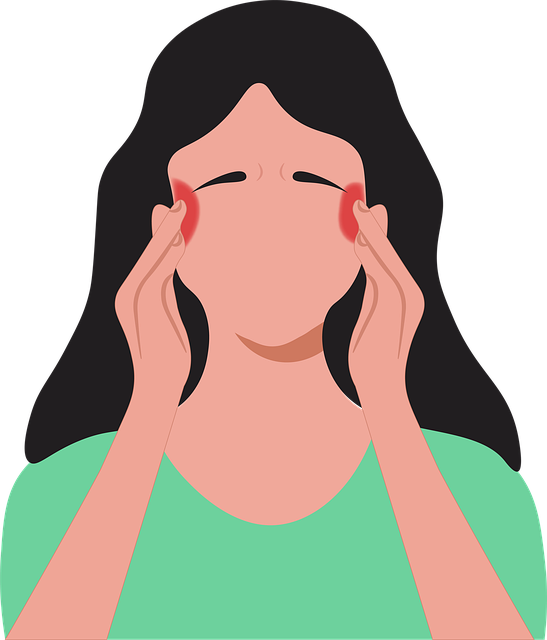
Consult your healthcare practitioner if your pain is persistent. What your provider needs to know is:
- where is your pain
- On a range of 0 to 10, indicate the intensity.
- How frequently it happens.
- How much of an impact it has on your life and job.
- What improves or deteriorates it.
- Whether your life is filled with a great deal of tension or anxiety.
- What medical conditions or operations you’ve had.
What tests are used for diagnosis?
To find the source of your discomfort, your healthcare professional may do physical examinations and prescribe certain tests. You might be required to take the following tests:
Imaging examinations can determine whether you have disorders that result in discomfort, such as joint damage:
- computed tomography, or CT. It’s a strong X-ray that creates finely detailed images of the inside of your body.
- Magnetic resonance imaging is known as MRI. It creates images of your internal organs and structures using radio waves and magnets.
- X-ray. It creates photographs of your body’s structures by using modest doses of radiation.
Treatment
How chronic pain is treated
Healthcare professionals initially attempt to determine and address the source in order to relieve chronic pain. But occasionally, they are unable to locate the source. In that case, they focus on managing or treating the pain.
Numerous approaches are used by medical professionals to address chronic pain. The strategy is dependent on numerous elements, such as:
- The nature of your discomfort.
- Your pain’s origin, if it is known.
- Your general health and age.
The most effective treatment programs combine a number of tactics, including as prescription drugs, dietary adjustments, and counseling.
In addition to seeking therapy for your chronic pain, it’s critical to address any co-occurring mental health conditions, such as depression or anxiety. Anxiety or sadness may exacerbate your chronic pain. For instance, the weariness, altered sleep patterns, and potential decrease in activity that come with depression might exacerbate chronic pain.
Medications

Your physician might suggest any of the following drugs to treat chronic pain:
- For nerve pain, anticonvulsants (drugs that stop seizures) are used.
- Tricyclic antidepressants are examples of antidepressants.
- Corticosteroid.
- Relaxants for muscles.
- Acetaminophen or no steroidal anti-inflammatory medications (NSAIDs).
- Topical medications (used topically) that have analgesic or calming heating or cooling effect.
- Opioids are drugs. Opioids have the potential to be addictive, and they can cause tolerance over time. Because of this, medical professionals typically try non-opioid pain relief methods before writing an opioid prescription.
- Sedatives to treat sleeplessness or anxiety.
- Medicinal ganja.
Your doctor may also recommend that you try the following other medical treatments:
Transcutaneous electrical nerve stimulation (TENS):
This treatment uses patches on your skin to administer tiny shocks. There is pain relief from the electrical impulses.
Nerve blocks:
In order to lessen pain perception in the affected location, your doctor will inject an anesthetic there. Sometimes, nerve blocks might help identify the source of your pain and offer diagnostic information.
Epidural steroid injections:
To treat chronic pain brought on by irritation and inflammation of the spinal nerve roots, an anti-inflammatory medication, such as a steroid or corticosteroid, is injected into the area known as the epidural space surrounding your spinal nerves.
Risk factors and preventions
There are various risk factors for developing chronic pain because it can be brought on by a variety of illnesses or injuries. Among the risk factors are:
- Your ancestry: Certain causes of persistent pain, such as migraines, are inherited and run in families.
- Being overweight: Since obesity puts additional strain on your joints, it can exacerbate certain painful medical problems, such arthritis.
- How old are you? Arthritis and neuropathy are two conditions that can cause chronic pain in older adults.
- Previously suffering an injury: You have an increased risk of developing chronic pain later in life if you have experienced a catastrophic injury.
- Working a physically demanding job: You run a higher risk of chronic discomfort if you work physically demanding jobs.
- Stress: Research has demonstrated a link between regular stress and post-traumatic stress disorder and chronic pain.
- Smoking: If you smoke, there’s a higher chance that you’ll get sick and require treatment for chronic pain.


